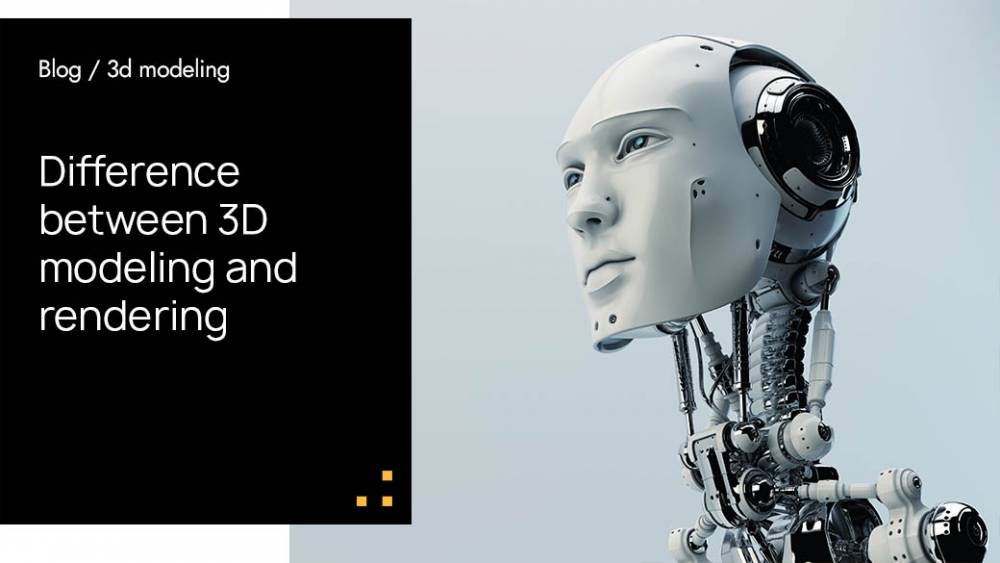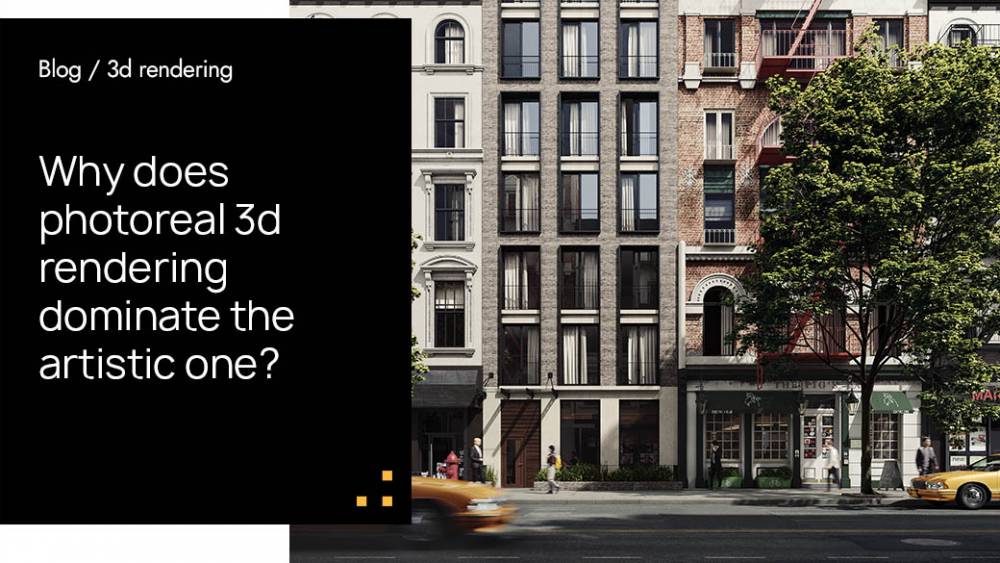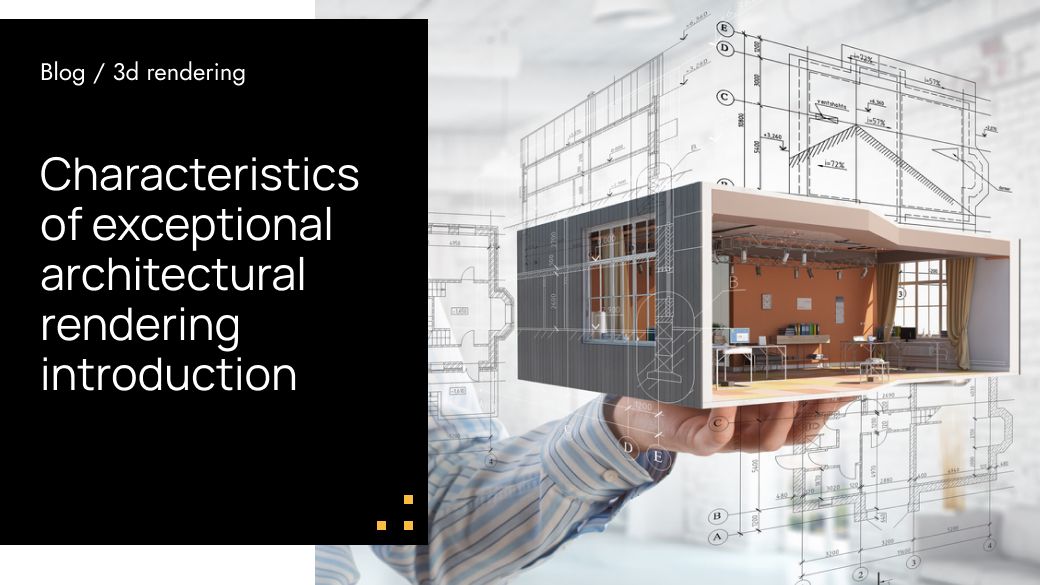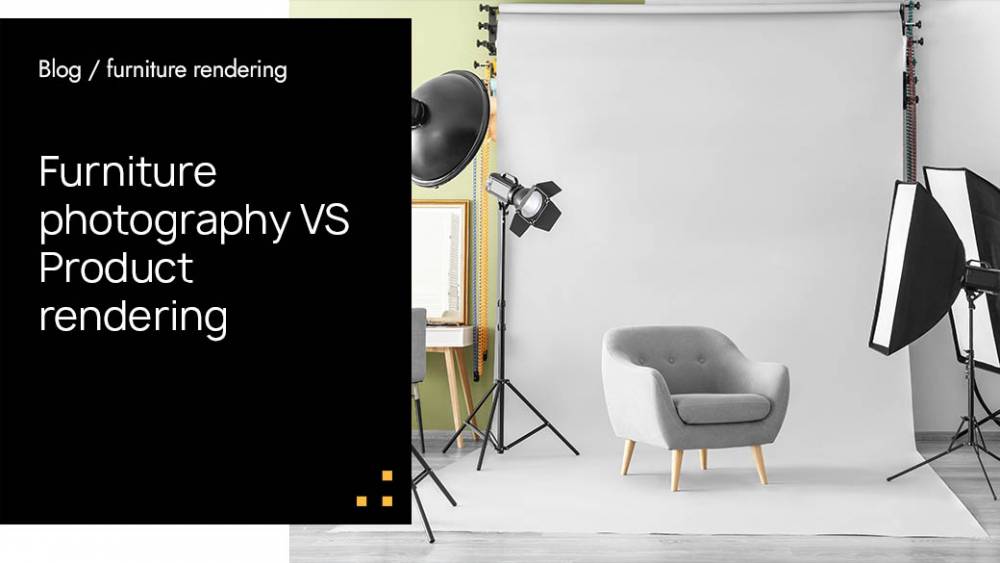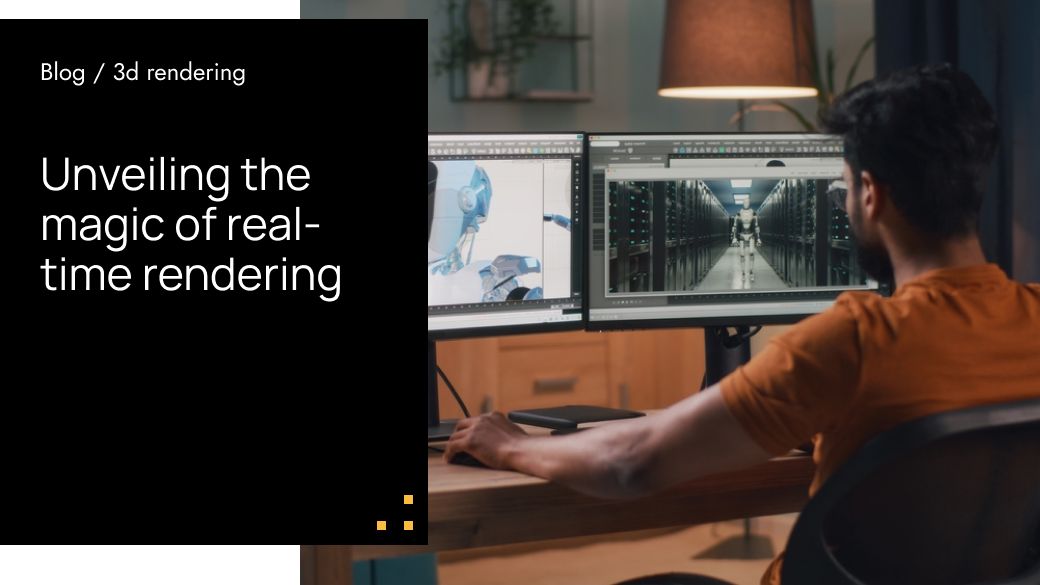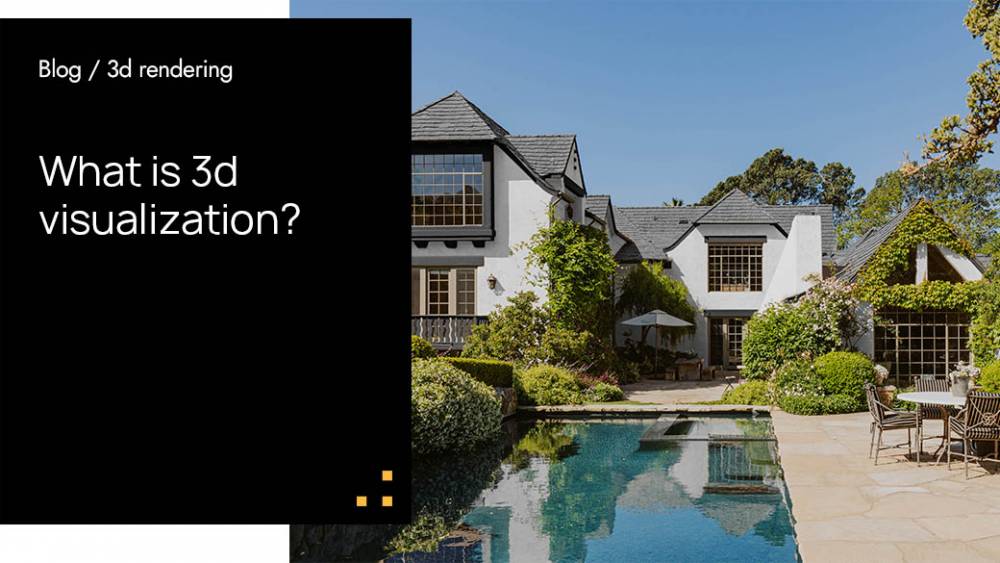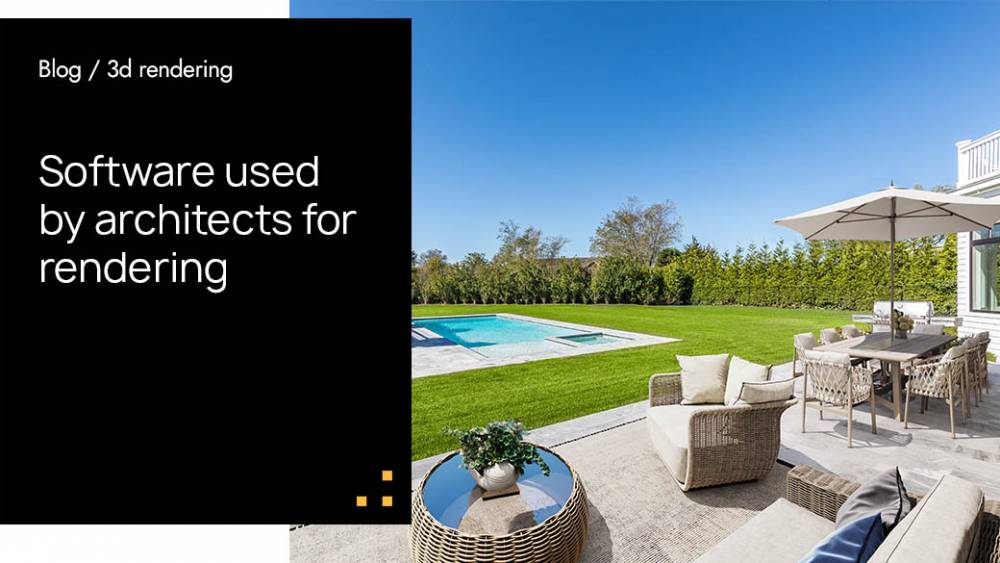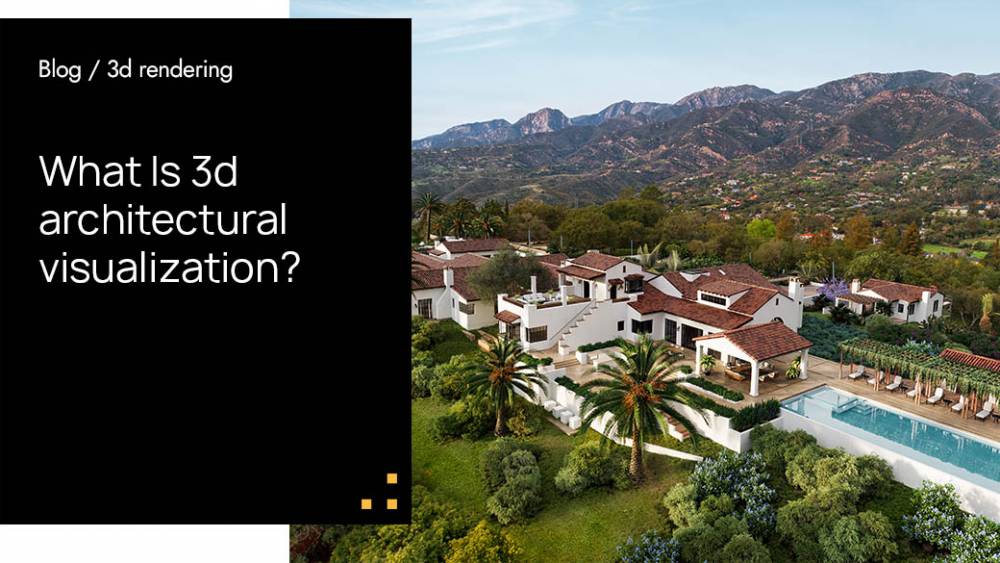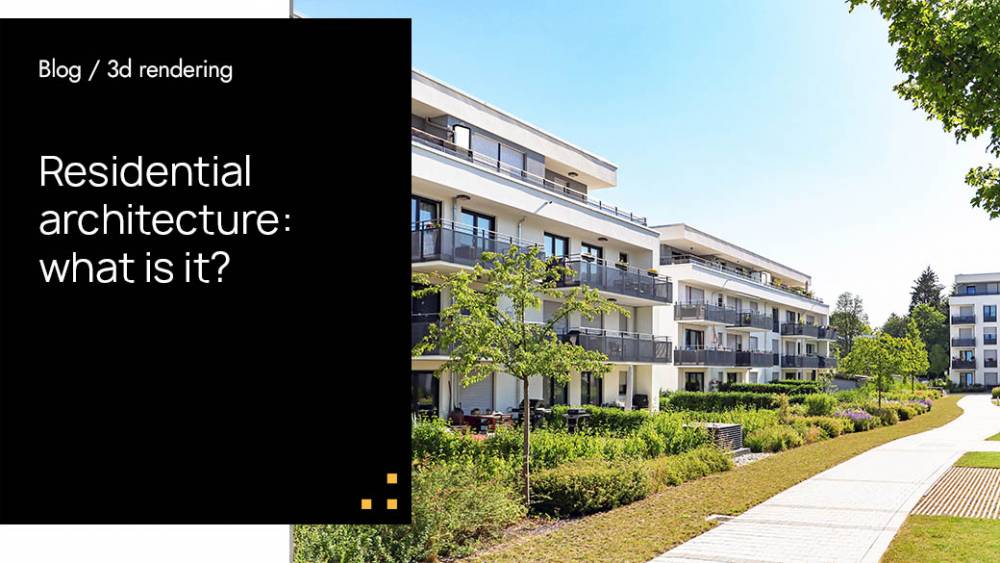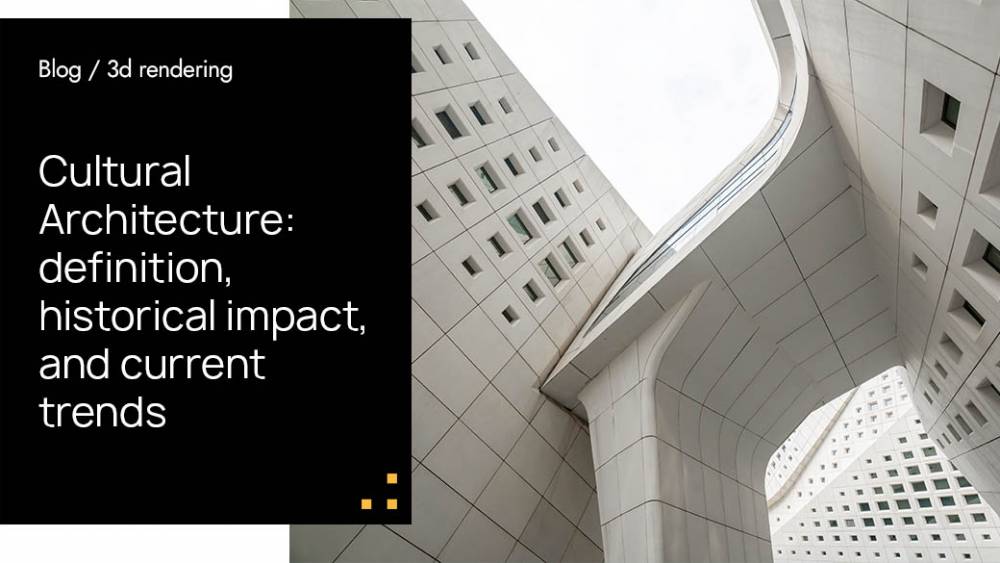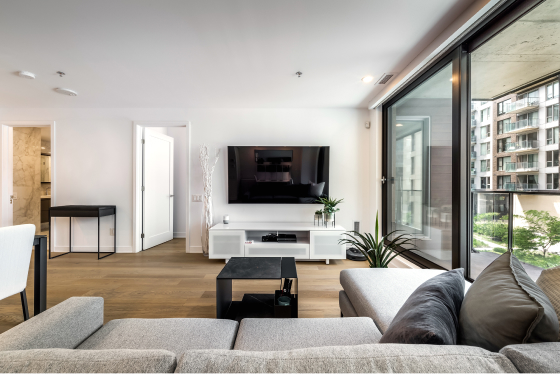Defining 3D modeling and rendering

Every specialist who deals with 3D technology has to complete a certain number of stages that constitute the workflow. Modeling and rendering are two important stages of 3D workflow next to simulation, animation, visualization etc. At the same time, these are two most important processes that can not be performed without each other.
Modeling is a development process of the mathematical representation of the object or living being. It is a process of building, constructing, connecting pieces. Modeling reminds a work of a sculptor or carpenter who uses GPU as the main tool for creating his masterpiece.
Rendering is the process of turning a model into an image, video or animation, providing it with new effects and placing it into the realistic setting. It is like the work of a photographer who creates a perfect background for the model he shoots.
The difference between 3D modeling and rendering

Being the stages of one 3D workflow, these processes are connected between each other, but still, have absolutely different purposes. Modeling is one of the initial stages of the visualization process. You need to create the main ‘hero’ of your final project with the consideration of the smallest details. It is the act of making a model that would be subjected to different effects during the rendering process. The last one is regarded to be one of the final stages of the workflow. It includes adding such effects as lighting, orientation, backgrounds, animations etc. The main goal of the renderer is to transform virtual bits into a photorealistic output in different forms (images, videos, animations etc.). One more difference between these two notions are purposes set for them. 3D modeling is used for:
- Enabling improved project planning;
- Showing any exist in interferences among building systems;
- Visualizing a schematic structure of the future object;
- Eliminating conflicts before system installation.
The main goals of 3D rendering are more general:

- Enabling improved design-related decisions;
- Facilitating marketing, presentation and design analysis;
- Displaying ideas in various forms.
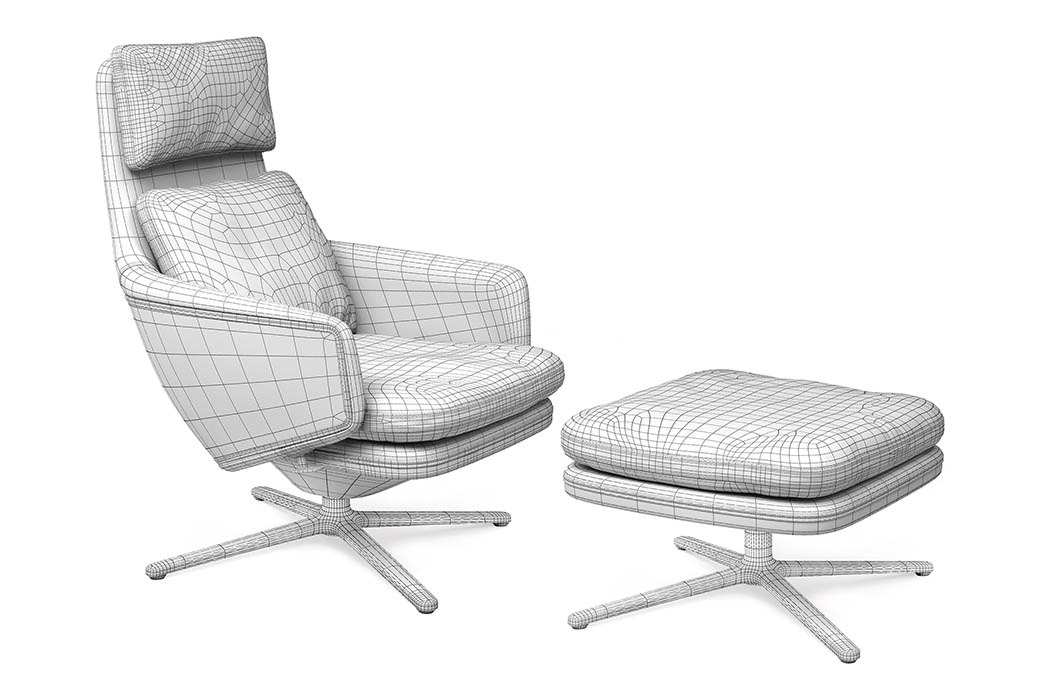
Both these processes depend on each other. There is no sense in creating a background if you do not have a focal point of your project – the main one or several models. Vice versa, the model looks raw and unfinished without a quality rendering process, so both these notions are interdependent. However, when you turn to the company in search of quality 3D services, you need to understand if you need a fully developed project with rendering or just a creation of the model that will be used further for other purposes.
